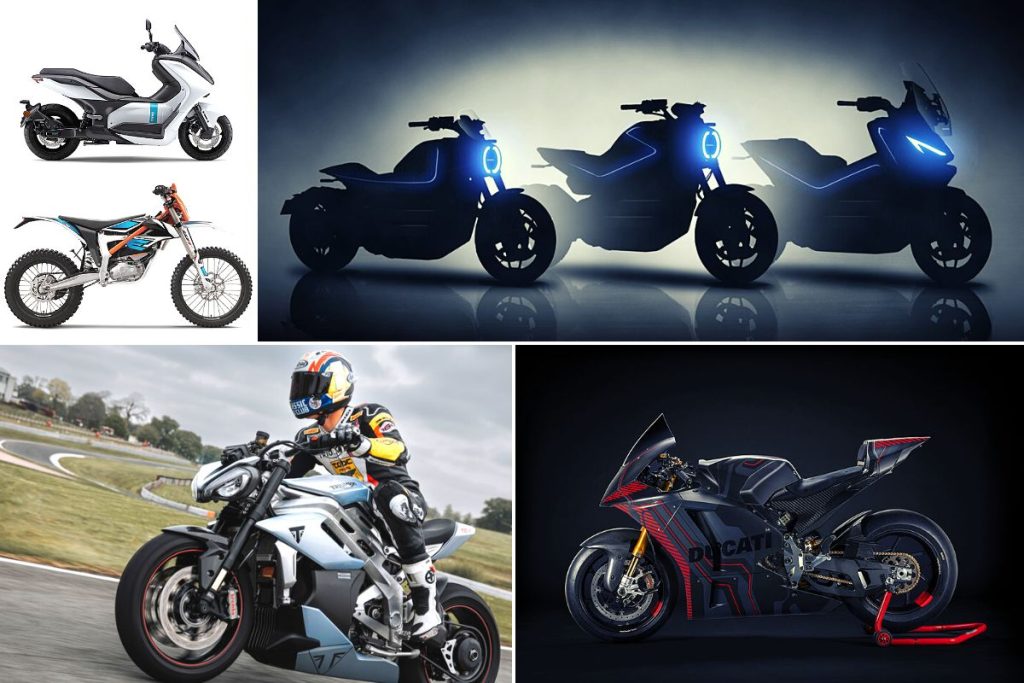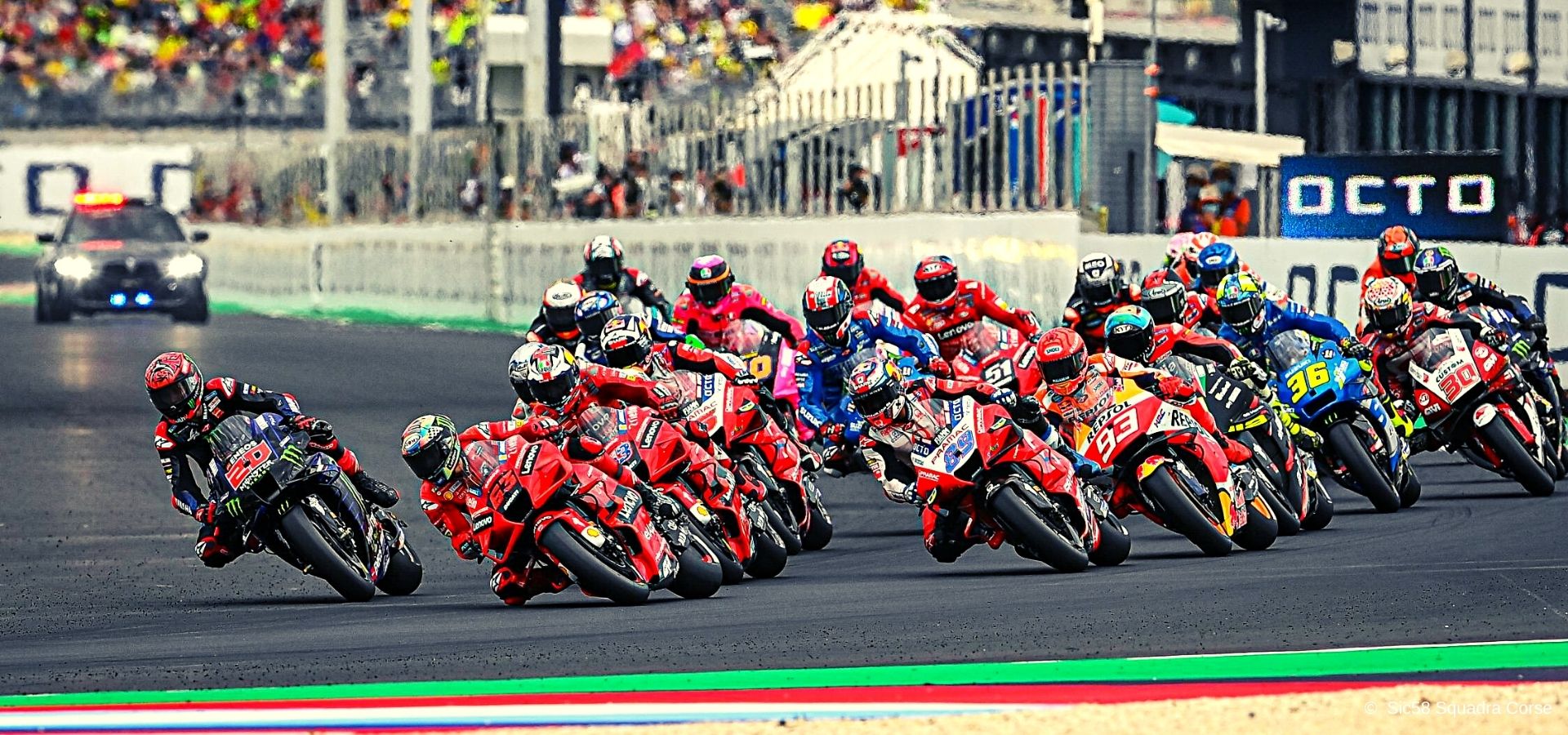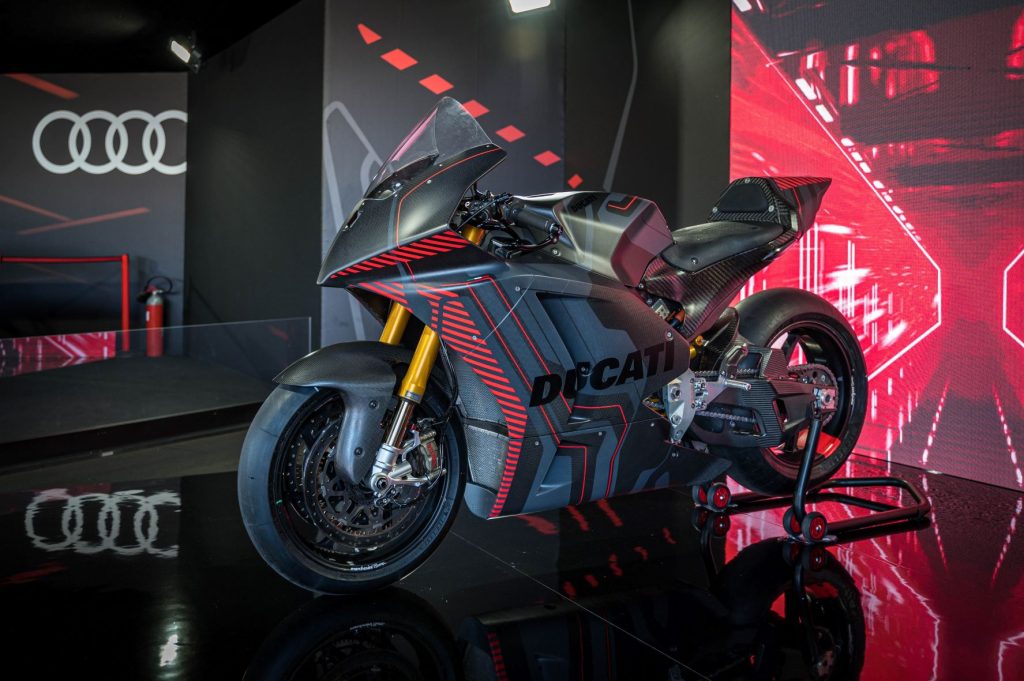
In a recent interview with MotorCycleNews, Ducati CEO Claudio Domenicali illustrated the various roads that are being explored in Borgo Panigale to produce zero-emission vehicles: electric motorcycles, E-Fuels and Hydrogen.
“Ducati's strategy includes electric motorcycles, fuels from renewable sources (the so-called E-Fuels) and hydrogen, both as fuel and in fuel cells to produce electricity”. In this sentence by Claudio Domenicali, there is the whole Ducati strategy for the future of mobility.
In a recent interview with MotorCycleNews (here the link), Ducati's CEO talked about the different strategies that the Italian manufacturer will adopt in the coming years to go beyond fossil fuels. The challenge is not only technological but also involves the identity of the brand, which makes performance, engines, design and sound, its distinctive traits.
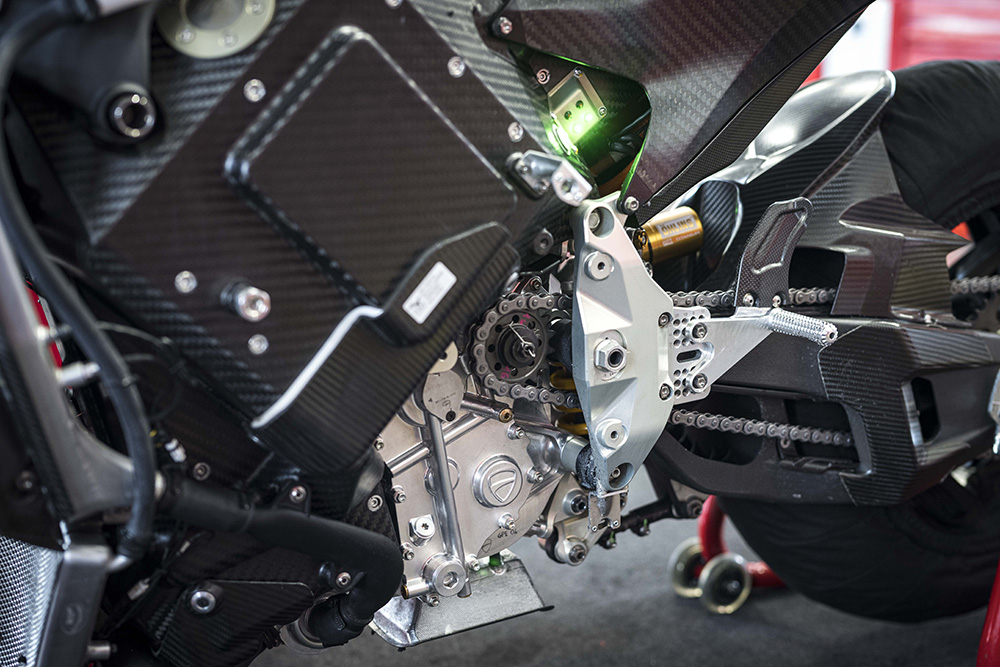
The Electric
For a long time, Ducati kept a low profile whenever it came to discussing an electric future for motorcycles. This was until the announcement, a year ago, of its participation, as a sole supplier, in the MotoE World Cup for the four-year period 2023-2026. The V21L prototype, inspired by the design of the Panigale, has already been unveiled in recent months and is under development, but Ducati clarifies that it will not necessarily be the basis for a production model.
Aware of the need to create the first models in an optimal way to protect its brand, Ducati has declared that it wants to take time with the electric and to use the MotoE as a technological laboratory to bring to the market in a few years the best possible electric motorcycle.
As Domenicali explained to MCN, it's about choosing the right time and understanding that the transition to full electric is much more difficult with a motorcycle than with a car. The weight increase due to the battery can be managed without major problems on a car, while on a motorcycle, it risks drastically compromising the entire riding experience. According to Domenicali, motorcycles should switch to electric, but at different times than cars, while E-Fuels could be the perfect solution until then.
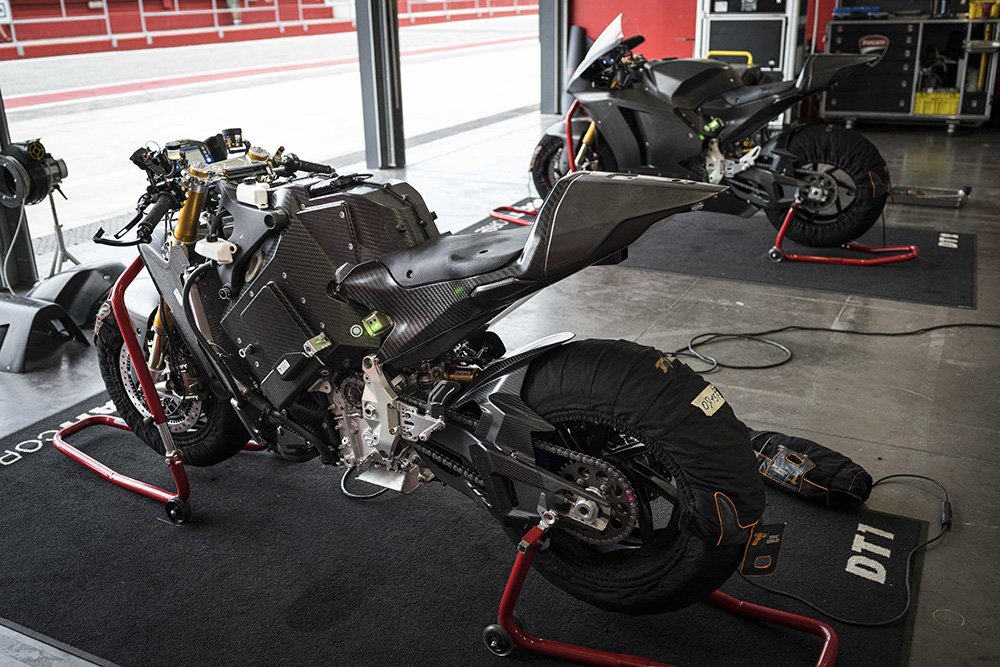
The E-Fuels
E-fuels are fuels that are produced using CO2, so that, during combustion, they release the same amount of CO2 into the atmosphere as used to produce them. In this way, no new CO2 would be generated during use. The amount of new COXNUMX generated to produce the E-Fuels would remain uncovered, but it would still be a significant step forward compared to the current situation, especially by using green energy sources.
The E-Fuels have considerable advantages: high energy density, ease of storage and handling, they can be managed with existing infrastructures and do not require to overturn the architecture and systems of the motorcycles.
On this front, with the move of MotoGP to 40% of E-Fuels in 2024 and 100% in 2027, together with a similar initiative in the Superbike World Championship, Ducati will be able to develop the skills necessary to build internal combustion engines with fuels with zero CO2 emissions.
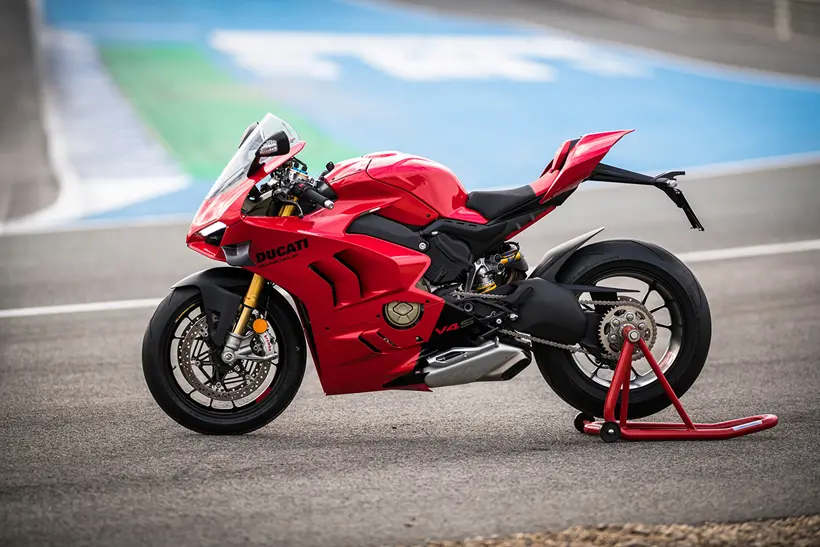
Hydrogen
Speaking about Hydrogen, Domenicali explained that Ducati, along with several Japanese manufacturers, is exploring the use of this substance as a fuel. During the presentation of the MotoE last June, the CEO of Ducati expressed some considerations on Hydrogen as a fuel. “It is very interesting for us motorsport fans that hydrogen can also be used to burn in a conventional engine. The Japanese are doing tests in this sense, we are gaining experience in this sense and therefore it is an interesting field."
“Hydrogen is a very fascinating fuel”, said Domenicali, “sometimes even too beautiful because it catches fire very quickly, so it is not an easy fuel. In terms of combustion, it is completely carbon-free, so if you look at a piston that has burned hydrogen, it is completely clean, and there is no carbon residue anywhere. It is a very nice and clean engine, and the hydrogen burns very fast, so it is very interesting for high rpm engines.”
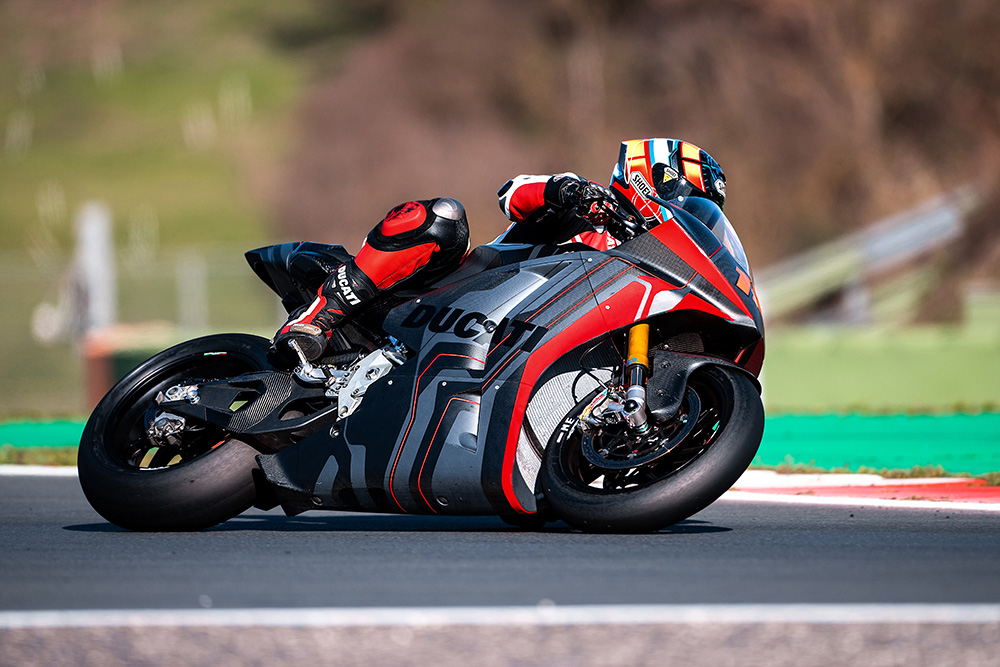
The MotoE Bike
Going back to MotoE, Ducati has declared that it wants to take time with the electric and to use the MotoE as a technological laboratory to bring to the market, in a few years, the best possible electric motorcycle.
“We have accepted with determination to develop the most performing electric racing bike that current technology makes possible and to use this project as a laboratory in which to build our future. The result we have achieved is surprising”, said Domenicali, who had the opportunity to personally test MotoE on the track at Mugello.
The prototype, inspired by the Panigale design, has already been unveiled in recent months and has almost completed development in view of the start of the 2023 season of the MotoE.
Below is a link to the section dedicated to MotoE of Ducati, with all the up-to-date information on the Borgo Panigale electric prototype.
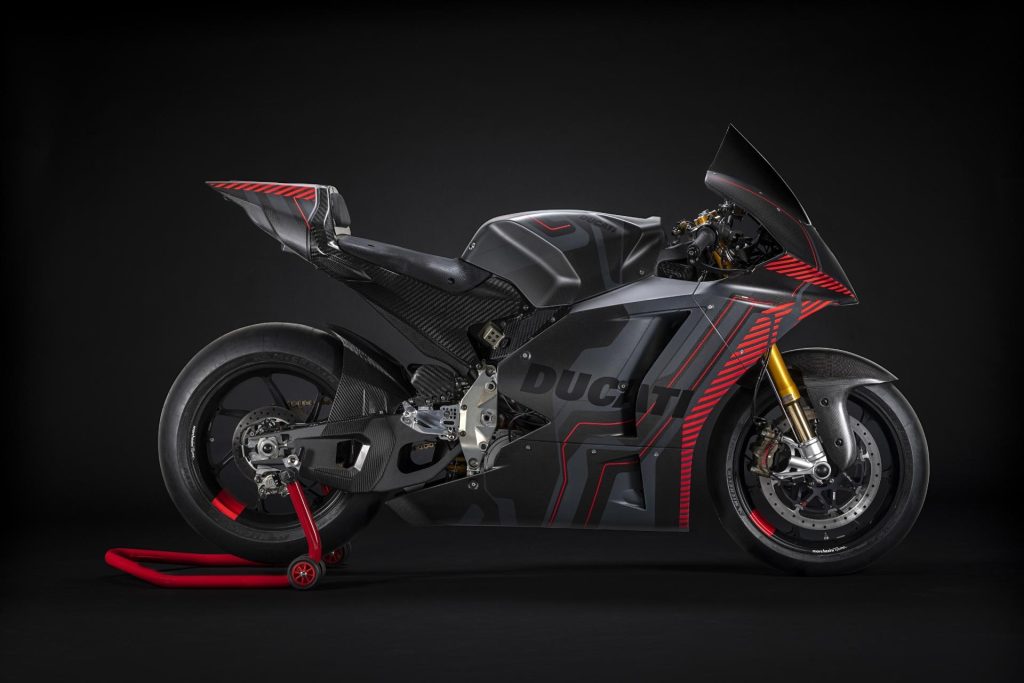
MotoE World Cup 2023
The details of the V21L, Ducati's electric motorcycle
Photo and video: Ducati


To be updated on MotoE World Cup, subscribe to Epaddock's Whatsapp broadcast and receive all our news on your mobile phone in real time: find out how here.



